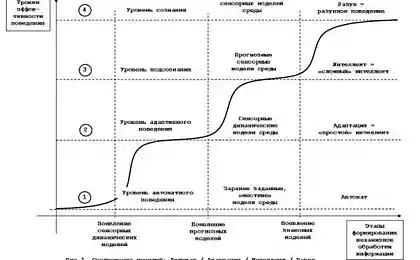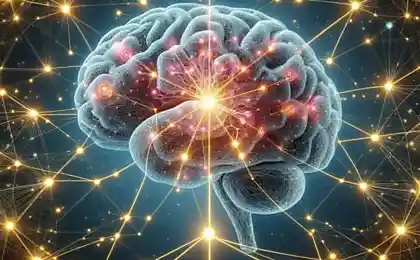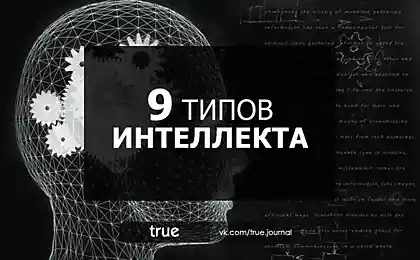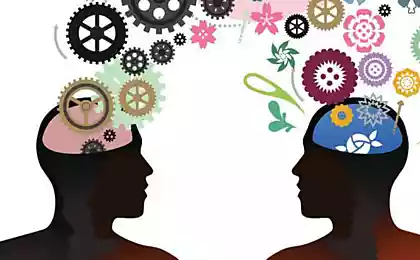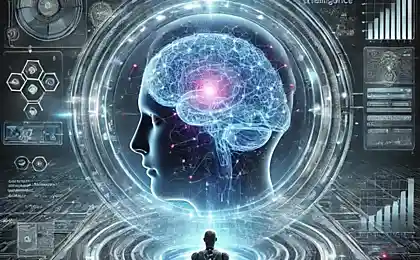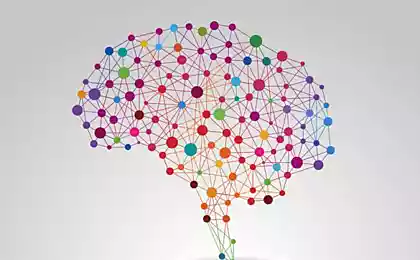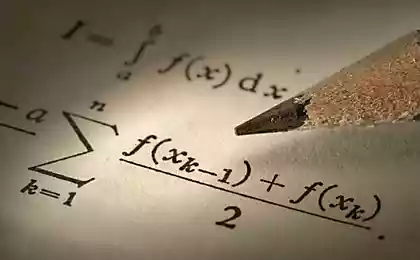1766
The logic of thinking. Part 17. The relational database model

This series of articles describes the wave model of the brain is very different from traditional models. We strongly recommend to those who just joined, start reading from the first part of the .
In 1970, Edgar Codd published a paper (Codd, 1970), which describes the basics of the relational model of data storage. Practical implementation of this model became all modern relational databases. The formalization of the model led to the creation of the relational calculus and relational algebra.
The main element of the relational model - a tuple. Tuple - an ordered set of elements, each of which belongs to a certain set, or, in other words, has its own type. The set of homogeneous structure, the ratio of tuples.
Several more clearly, it looks in the terms used in the database (see Figure below). The ratio - is a table of data. Cortege - table row. What type of tuples contained in respect of, or what is the same, what is the format of the rows in the table header is defined relations or tables. Each of the columns in the table forms a domain. Values that can take the elements of the domain, called attributes. Row of the table - a set of attributes corresponding to the domain.
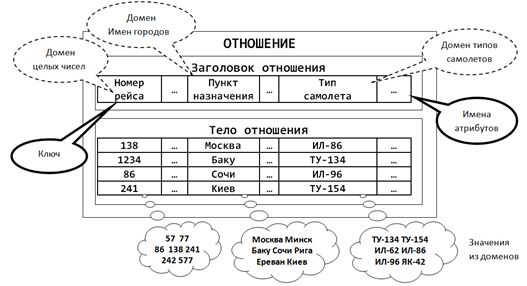
Example relations (fence) i>
Table rows can be identified by their attributes, that is, by the way, what values are taking elements of the tuple. The very content of the tuple makes it different from the rest. But it may well be that some of the lines coincide in their attributes. In itself, the coincidence is not terrible, but it no longer allows the use of a set of attributes to uniquely identify tuples in a relation. To be unambiguous identification, introduced a key field that for each row takes a unique value. This key can hold meaning, and may just be artificially generated number.
The totality of all relations defines the database. Each relation keeps its logical piece of information. To get some information may require a comparison of information from different relations. Codd described the eight basic operations of relational algebra to manipulate tuple:
Merging; The intersection; Subtraction; The Cartesian product; Fetch; < Projection; Connection; Divide.
The meaning of many operations coincides with the corresponding operations of set theory. Understanding their nature gives the figure below.
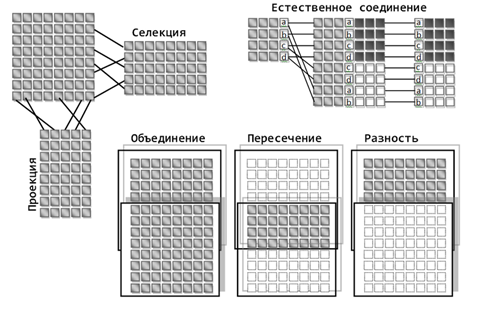
Example operations on tuples (fence) i>
It is important that different relationships may contain domains of a single type. This means that if two tuples in the same domains are found within these same attributes, we can speak about a certain connection tuples that contain these attributes. In other words, if different rows in one table in one of the columns have the same value, then we can talk about a certain connection between these lines. Or if in different tables have columns (domains) with the same sense, the rows with the same values in these columns are interconnected.
Projection operation produces relationship consisting of elements of the initial relations, restricting the set of domains used. Sampling or selection allows to obtain relations containing only those tuples which satisfy the conditions of the field sampling. For example, you can select only those tuples which these domains are specified attribute values.
The set of all operations on relations allows to extract from the database any information of interest and form it into a relation (table) with prescribed properties (title).
Relational data model is not accidental, but was a consequence of the need to handle large volumes of diverse data. It was found that such a structure of data storage and certain operations in this structure suitable for a wide range of applications. It can be assumed that a similar good solution could find and nature as a result of natural selection.
We describe the system identifiers, concepts, and event memory in many ways very similar to the relational model. You can cite a number of analogies:
Neuron operates with few dendritic information segments, each of which is configured for a particular data type. Dendritic segments of the same type can be mapped to a specific domain; Keyboard concepts that describe specific information dendritic segment corresponding attributes occurring in the domain; The concepts used area of the cortex, and identifiers that define the structure of a package that is characteristic for this zone, determine the structure of the domain (header); Using the general concepts under the projection of information between zones corresponds to the use of common domains in different relations; The set of zones crust forming the brain corresponds to the set of relations that form the database; The association between memories corresponds connectedness through shared attributes of different tuples; Distributed memories in the zones of the cortex corresponds to how one event can generate multiple tuples in different ways, united by a single unique key; Wave, describes the current state of the brain can act analogue of a database query. Just as a result of the operation on relations is a relation, and response of the brain may be a set of life-associated descriptions, combined in a wave pattern.
References
Previous parts:
Part 1. Neuron
Part 2. Factors
Part 3: Perceptron, convolutional network
Part 4. Background activity
Part 5. Brain Waves
Part 6. The system of projections
Part 7. Human-Computer Interface
Part 8: Allocation factors in wave networks
Part 9: Patterns of neuronal detectors. Rear projection
Part 10. The spatial self-organization
Part 11. Dynamic Neural Networks. Associativity
Part 12. The following memory
Part 13. Associative Memory
Part 14. Hippocampus
Part 15. Consolidation of memory
Part 16. Batch Presentation
Alexei Redozubov (2014)
Source: habrahabr.ru/post/217055/

